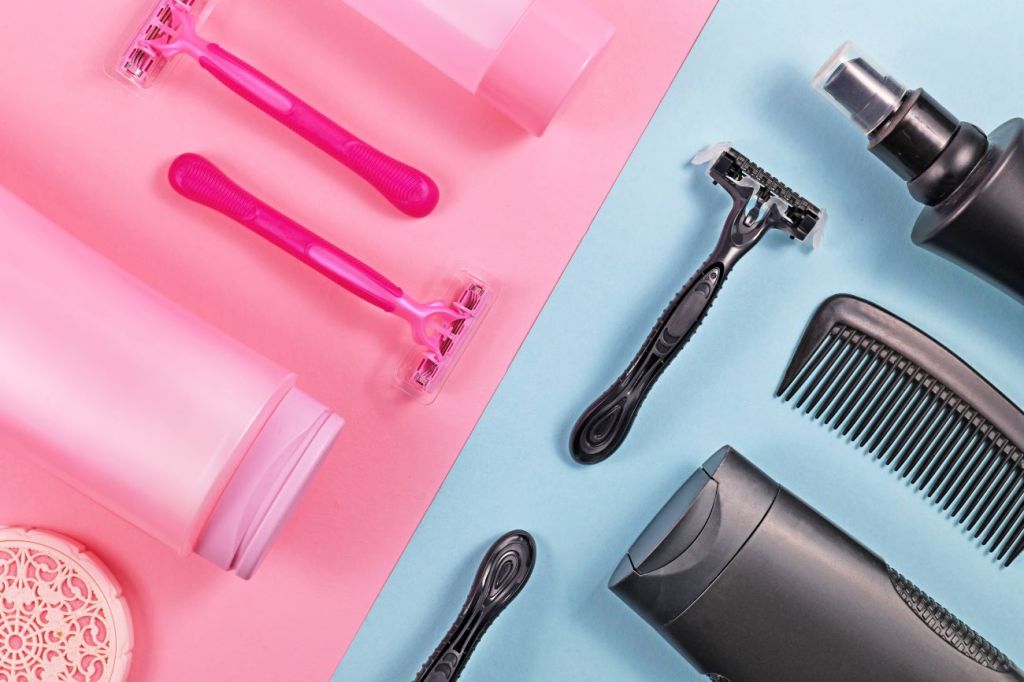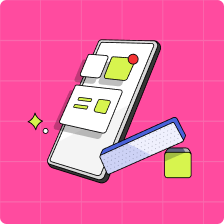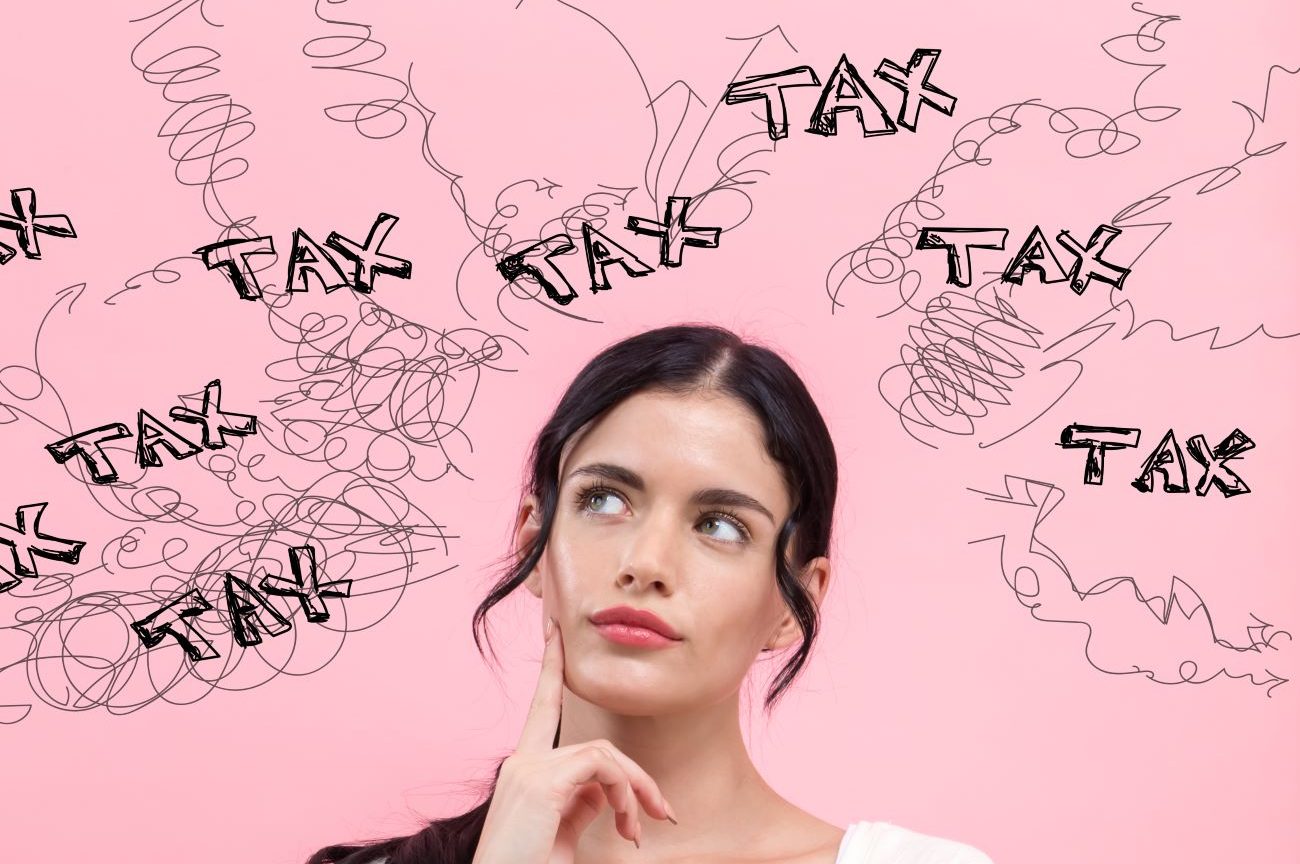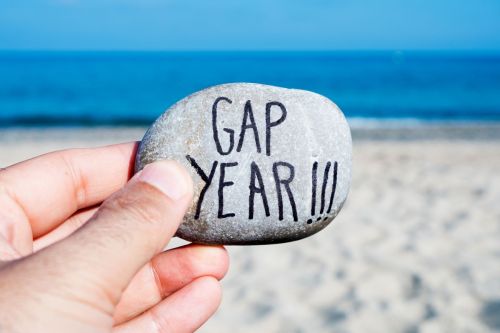Whether you have heard of the pink tax before or not, it is very likely it’s already had an impact on your life. The pink tax is an unfair markup women and girls pay on common goods.
Now that you’re starting to spend and save your own hard-earned money, it’s important to learn about how the pink tax could impact your purchasing decisions. In this article, we explore what the pink tax is, how it affects women and girls, and what can be done about it.
What is the pink tax?
It may have tax in the name, but it’s not an actual tax. The pink tax is when products marketed to girls and women cost more than similar products marketed to boys and men. It may also be called gender discrimination or gender-pricing. This means that women are paying more for items like clothing, toys, and personal care products than men are.
The name is based on the colour pink, which is often associated with femininity and used to sell products to women. Pink shouldn’t be considered strictly a girly colour, but we’ve been subject to pink for girls and blue for boys in stores and commercials for decades. While dismantling gender norms is the way of the future, many companies continue to douse products in pink or purple to appeal to girls. The same product could then cost more when it’s in pink than it will in blue because one is being marketed for girls and the other for boys.
The pink tax by the numbers:
- Products marketed to women cost 7 per cent more than similar products marketed to men*
- Women’s shirts cost 15 per cent more compared to the average men’s shirt*
- Women in Canada paid more for toiletries and more than 50 per cent more for deodorant and body wash, according to 2021 data.
- Women pay 11 per cent more for razors compared to men*
- Girls pay 13 per cent more for helmets and knee pads compared to boys*
These statistics show that the pink tax is a real phenomenon in Canada and that it affects women in a variety of ways, from personal care products to clothing and accessories. It is important to learn and know of the pink tax to work towards creating a more fair and equal society for all.
*According to a Department of Consumer Affairs (DCA) study in the U.S.
What are examples of the pink tax?
The pink tax can be seen in almost every aspect of daily life, and it can add up to a significant amount of money for women and girls over time. While the pink tax applies to all kinds of goods and services, here are a few examples you’re likely to run into:
Haircuts
Haircuts are an example of the pink tax because women’s haircuts often cost more than men’s, even if the styles are similar. This is because many salons and barbershops charge for haircuts based on gender. For example, a haircut for men could be priced at $20, while the same haircut would be $40 for women.
Girls often have longer hair than boys, which can result in hairstylists needing to put more care or time into the cut. However, this doesn’t justify charging girls more than boys for a basic haircut.

Razors
Razors are another common example of the pink tax. A standard packet of razors marketed towards women are often more expensive than razors marketed towards men, even if the only difference between the two is colour or design. An example is a women’s five-pack of pink disposable razors might cost $9, while a five-pack of blue disposable razors marketed toward men might only cost $7.
Toiletries
Like razors, deodorants marketed towards women often cost more than deodorants marketed towards men. The only difference tends to be the scent or packaging. Girls and women typically pay 3 per cent more on average for deodorant.*
Similarly, a 2019 study into gender-related costs showed that moisturizers marketed to women were significantly more expensive than comparable moisturizers marketed to men.
Toys
Toys, accessories and products for girls were consistently priced higher than those for boys. And in some cases, the same toy, such as a cash register, cost more in pink than it did in a gender neutral colour. For toys like bikes and accessories the only difference is the colour or pattern but girls will still pay more.
How long has there been a pink tax?
The pink tax has been around for many years, but it wasn’t until recently that it was identified and named as a specific issue. The term “pink tax” began in the 1990s when the state of California’s Assembly Office of Research found that 64 per cent of stores in five major cities charged more to wash and dry clean a women’s blouse compared to a men’s shirt. The report concluded that the higher pricing for women was due to discrimination against women.
While the 1990s and early 2000s were the first time the term “pink tax” was coined, the underlying issue of gender-based pricing and discrimination has existed for much longer. Since then, advocacy groups and researchers have continued to document and raise awareness of the pink tax.
Despite their efforts, the pink tax remains an issue, and women continue to pay more for many products and services simply because of their gender.
How does the pink tax affect women and girls?
The pink tax can affect women in a few ways. First, it can make it harder for girls and women to afford items they want and need. This can be particularly frustrating as these products are often necessities that girls and women need to purchase on a regular basis – like toiletries.
The pink tax sends the message that boys and girls are not equal. When girls are consistently paying more for products marketed towards them than boys, it can lead to girls feeling like they’re not as valued as their male friends.
Worst of all, the pink tax means that girls and women may pay thousands of dollars more over their lifetime, compared to men for similar products and services. That’s money women don’t have to invest in their future.
Finally, by charging more for products marketed for women, companies are essentially penalizing women for being women.
Read more: The gender pay gap explained for kids and teens.

What can you do to fight the pink tax?
There are several things we can do to fight the pink tax and promote gender equality:
Raise awareness
One of the most important things we can do to fight the pink tax is to be vocal about it. It’s important to educate yourself and others on the matter through word of mouth, social media and supporting organizations working to end the pink tax in Canada.
Shop smart
Shopping smarter can be done in several ways. Choosing not to buy products that are marketed specifically for women, buying from companies that have gender-neutral packaging and pricing, or purchasing products in the men’s section. Though the last one might sound odd, next time you go to buy deodorant, double-check the prices of men’s compared to women’s deodorant. You may end up trying a new deodorant.
Advocate for change
Reach out to companies and policymakers to demand change. You can do this by writing letters, signing petitions, and contacting your local elected officials to advocate for laws and regulations that promote gender equality.
Make smarter financial decision
The pink tax can negatively affect girls by making it harder to access products they need and want, while sending a message that girls aren’t as important as boys. It’s essential to work towards ending the pink tax to create a more fair and equal society for everyone.
To learn more about how best to protect and manage your money, download Mydoh and get started today.
This article offers general information only and is not intended as legal, financial or other professional advice. A professional advisor should be consulted regarding your specific situation. While the information presented is believed to be factual and current, its accuracy is not guaranteed and it should not be regarded as a complete analysis of the subjects discussed. All expressions of opinion reflect the judgment of the author(s) as of the date of publication and are subject to change. No endorsement of any third parties or their advice, opinions, information, products or services is expressly given or implied by Royal Bank of Canada or its affiliates.

















